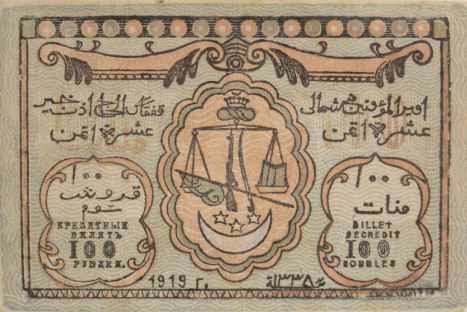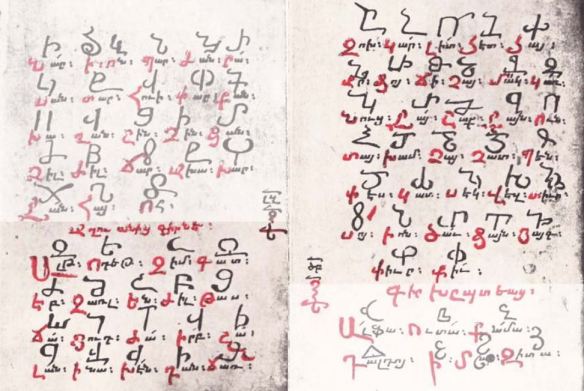The Northeast Caucasian language family is a family of languages spoken by four to five million people in Chechnya, Ingushetia, Dagestan, and northern Azerbaijan, as well as in a few villages in Georgia. It is also known as the Nakh-Dagestanian family after its two main branches (originally thought to be distinct families unto themselves).
The Northeast Caucasian language with the most speakers is Chechen, with about a million and a half. Ingush, several dialects of which are semi-co-intelligible with Chechen, is spoken by several hundred thousand. Chechen and Ingush together constitute the bulk of the Nakh branch. On the Dagestanian side the most widely spoken is Lezgian, with almost a million speakers (some of whom live in Azerbaijan). Next are Avar, Dargwa, Tabasaran, and Lak, with a few hundred thousand speakers apiece. After this, there remain two dozen or so languages with no more than a few thousand speakers. As you might expect, these are spoken deep in the mountains of Dagestan (the very name of which, after all, comes from the Turkish word for “mountain”).
Broadly speaking, Northeast Caucasian languages are characterized by having fairly simple verb systems and unusually complex noun systems, with a wide variety of grammatical genders and cases. This stands in contrast to the neighboring Northwest Caucasian languages, which generally have simple noun systems and complex verb systems. (For comparison, the Kartvelian languages have noun and verb systems of moderate complexity, and English nouns and verbs are quite simple.)
The family’s literary languages (and most are not literary) are written using Cyrillic. Prior to Russian conquest, and even up until Soviet times, they were written using Arabic script (most Northeast Caucasians being Muslims).
In Georgia, there are a few thousand Northeast Caucasian speakers, mostly Nakhs. Around the Pankisi Gorge near the Chechen border live the Kists, who speak a dialect of Chechen (see this blog post for some great pictures of Georgian/Arabic Kist tombstones).
The Bats (or Tsova-Tush) people live in the village Zemo Alvani in Kakheti. The Bats language is related to Chechen and Ingush but is not mutually intelligible with either. The origin of the Bats is not clear, and there is debate as to whether they are Georgianized Nakhs or Nakhized Georgians. In any case, every Bats speaker also speaks Georgian at least near-natively, and there is very little chance that the Bats language will exist in fifty years. [As of Spring 2014, there is a TLG teacher in Zemo Alvani. Maybe she’ll get around to writing something about the language?]
Finally, there is the Udi language, spoken near the Azerbaijani border in the small, obscure village of Zinobiani. Few people in the village know Udi, and fewer still use it regularly. It’s a bit more widely spoken in Azerbaijan, and indeed Zinobiani was founded around 1920 by Azerbaijani Udis fleeing Armenian-Azeri violence. Udi is notable among Dagestanian languages as being the direct descendant of the language spoken in Caucasian Albania, the kingdom (completely unrelated to European Albania) that used to occupy the space of modern Azerbaijan (to which it is also completely unrelated). Caucasian Albanian, in turn, is mostly notable for having its own alphabet, created around the same time as the Armenian and Georgian alphabets, and for the same reason (namely, the spread of Christianity).




Pingback: Georgia’s North Caucasian Territories, 1944-1957 | georgiasomethingyouknowwhatever